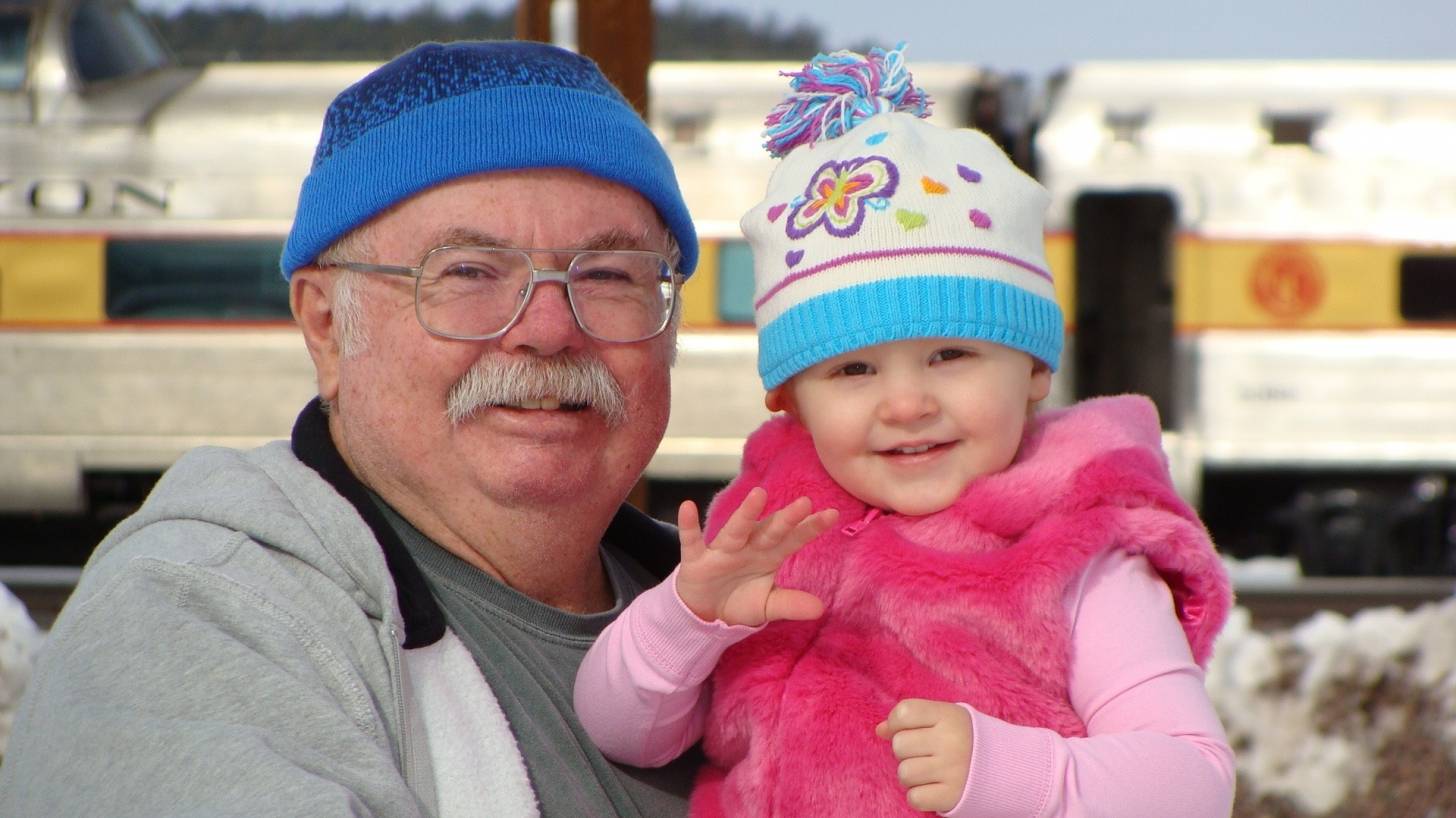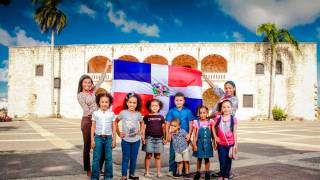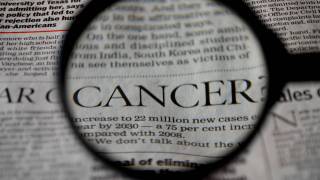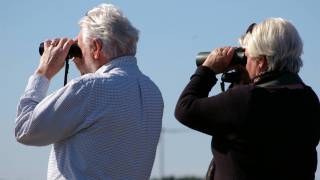Shingrix Delivers Better Herpes Zoster Protection and Financial Value

A new study reported the recombinant zoster vaccine Shingrix delivered higher cost-effectiveness and prevention of herpes zoster when compared with the live zoster vaccine Zostavax or no vaccination.
These researchers at the University of Michigan Medical School (UMMS) found that Shingrix was cost-effective compared with Zostavax under a wide range of conditions and yielded greater projected health benefits at lower costs under most conditions.
This study is important since herpes zoster causes significant illness and health care costs, especially among those who develop Postherpetic Neuralgia.
The primary outcome measures of this UMMS led study was the Incremental Cost-Effectiveness Ratio (ICER) and the Quality-Adjusted-Life-Year (QALY).
The UMMS and the Centers for Disease Control and Prevention (CDC) developed a simulation model using epidemiologic, clinical and cost data from the United States to determine the cost-effectiveness analysis.
Results of Base-Case Analysis:
- For vaccination with Shingrix compared with no vaccination, the ICERs ranged by age from $10,000 to $47,000 per QALY, using a societal perspective and assuming 100 percent completion of the 2-dose Shingrix regimen
- For persons aged 60 years or older, ICERs were less than $60,000 per QALY
- Vaccination with Zostavax was dominated by vaccination with Shingrix for all age groups 60 years or older
Results of Sensitivity Analysis:
- Results were most sensitive to changes in vaccine effectiveness, duration of protection, herpes zoster incidence, and a probability of postherpetic neuralgia
- Vaccination with Shingrix after previous administration of Zostavax yielded an ICER of less than $60,000 per QALY for persons aged 60 years or older
- In probabilistic sensitivity analyses, Shingrix remained the preferred strategy in at least 95 percent of simulations, including those with 50 percent completion of the 2nd vaccine dose
This study’s finding is good news for the more than 95 percent of persons aged 50 years or older, who are infected with the varicella-zoster virus, which also causes chickenpox, and are at risk for the reactivation manifesting as herpes zoster (HZ).
The lifetime risk for herpes zoster outcome is about 30 percent, says the CDC.
Moreover, this risk increases with age and is increased further by immunosuppression and a growing list of comorbid conditions, including diabetes mellitus, chronic kidney disease, rheumatoid arthritis, systemic lupus erythematosus, inflammatory bowel disease, and chronic obstructive pulmonary disease.
These research findings were reported to CDC who included the data in its most recent U.S. Advisory Committee on Immunization Practices Recommended Immunization Schedule for Adults.
This study’s limitations included:
- few data available on risk for serious adverse events
- adherence to the recommended 2-dose regimen
- the probability of recurrent zoster
No conflicts of interest were disclosed.
Separately, a report published by the CDC on January 31, 2019, said ‘Healthcare providers and patients can be reassured by the recombinant zoster vaccine Shingrix’s initial post-licensure safety data.’
This analysis was based on the Vaccine Adverse Event Reporting System (VAERS).
Our Trust Standards: Medical Advisory Committee


























